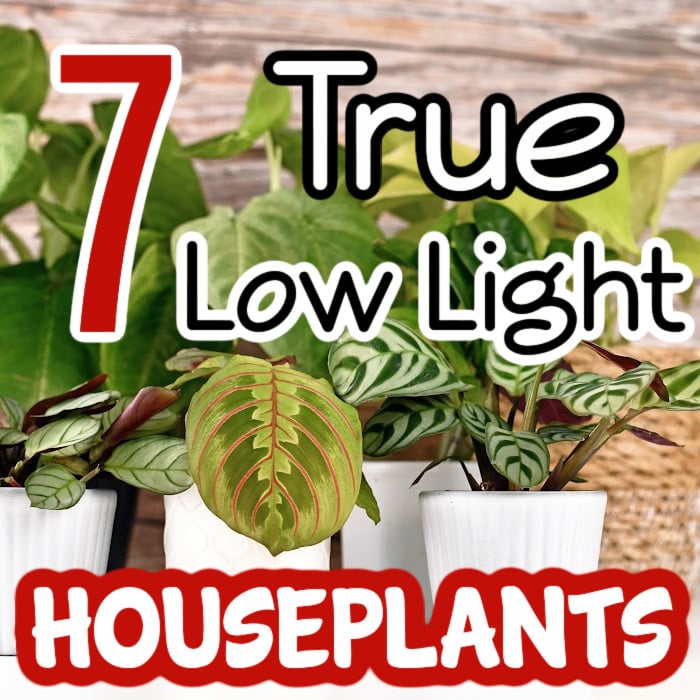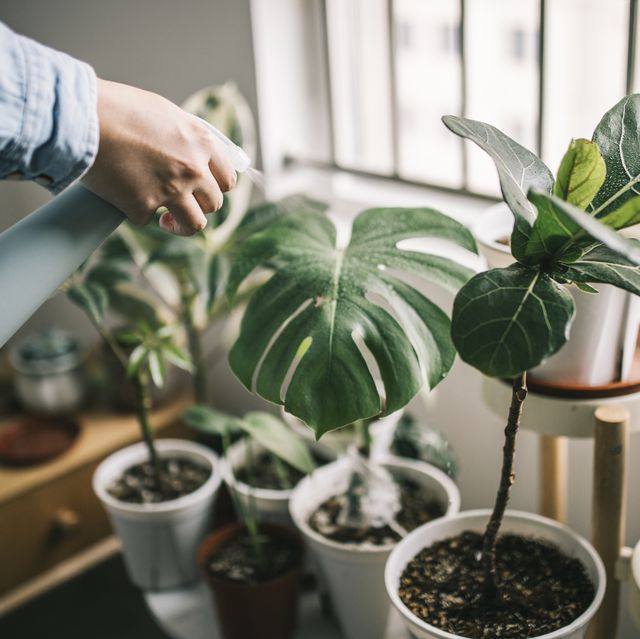Create a Lush Indoor Oasis with the Best Low-Light Indoor Plants
Create a Lush Indoor Oasis with the Best Low-Light Indoor Plants
Blog Article
Transform Your Home With Beautiful Low-Light Indoor Plants and Their Advantages
Incorporating low-light interior plants into your home can dramatically enhance both the aesthetic and ecological top quality of your living rooms. These plants, which prosper in dim problems, serve not just as decorative elements but additionally as natural air purifiers, making them ideal for urban residents or those with restricted sunlight exposure. As we discover the numerous kinds of low-light plants and their advantages, you may locate unexpected methods to integrate them right into your home that can change your environments in ways you might not have expected.
Benefits of Low-Light Plants
Low-light plants offer many benefits for interior settings, making them an outstanding choice for both beginner and seasoned garden enthusiasts. One of the key benefits is their versatility to low-light problems, enabling individuals to improve their space without the need for substantial sunlight direct exposure. This particular makes them perfect for houses, workplaces, and other areas with restricted natural light.

Additionally, integrating low-light plants into home decoration can elevate the aesthetic allure of a room. Their lush foliage and differed textures produce a calming environment, adding to total wellness. Last but not least, the existence of greenery has actually been connected to lowered stress and anxiety levels and improved efficiency, making low-light plants a useful option for boosting both mental and physical health in indoor settings.
Top Low-Light Indoor Plants
While numerous interior plants thrive in brilliant light, numerous species are especially fit for low-light conditions, making them perfect for different interior rooms. One preferred selection is the Snake Plant (Sansevieria), recognized for its striking upright fallen leaves and resilience, needing marginal care. Another exceptional choice is the Pothos (Epipremnum aureum), which includes heart-shaped leaves and can track magnificently from hangers or shelves, growing in low light and including a lush touch.
The ZZ Plant (Zamioculcas zamiifolia) is commemorated for its glossy leaves and capacity to stand up to neglect, making it ideal for hectic lifestyles. Similarly, the Peace Lily (Spathiphyllum) not only endures low light however additionally creates magnificent white blooms, boosting any space's aesthetic.
For an one-of-a-kind touch, consider the Cast Iron Plant (Aspidistra elatior), which without a doubt lives up to its name, thriving in the darkest edges of your home. Lastly, the Chinese Evergreen (Aglaonema) provides a variety of fallen leave patterns and colors while being exceptionally flexible in low-light problems. These plants not just enhance indoor environments yet additionally add to air filtration, enhancing your home.
Care Tips for Low-Light Plants

Sprinkling techniques are crucial; these plants often favor slightly completely dry problems. Overwatering can bring about root rot, so make sure that the leading inch of soil is completely dry before watering once again. Usage pots with water drainage openings to permit excess moisture to escape.
Humidity is an additional essential aspect. Several low-light plants, such as brushes and tranquility lilies, take advantage of higher humidity degrees. To raise humidity, think about misting the fallen leaves or placing a tray of water near the plants.
Fertilization needs to be approached with caution. During the expanding period, make use of a weakened, well balanced liquid fertilizer on a monthly basis to support development, yet avoid feeding throughout the dormant wintertime months.

Creative Ways to Present Plants
Interior plants can work as fascinating centerpieces in any type of area, improving both aesthetic allure and ambiance. Imaginative screens can boost the visual impact of low-light plants, making them an essential part of your home decor. One effective technique is to make use of tiered plant stands, which permit you to display numerous plants at varying heights while making best use of floor area.
Hanging planters are an additional innovative choice, developing a sense of depth and drawing the eye upwards. Consider macramé hangers or wall-mounted racks to present an one-of-a-kind structure and design.
For a much more organized method, usage geometric terrariums or glass containers to house your plants, including a click this site contemporary touch to your indoor yard. You can likewise repurpose classic items, such as teacups or wood dog crates, for an eclectic screen that shows your character.
Enhancing Home Atmosphere With Plants
Integrating low-light plants into your home not only enhances visual charm but likewise contributes considerably to the general ambiance. These plants offer as natural decoration aspects, introducing a feeling of serenity that can transform any room. The visibility of greenery cultivates a relaxing atmosphere, which is particularly useful in high-stress atmospheres such as home workplaces or living rooms.
Low-light plants, such as serpent plants, pothos, and ZZ plants, are not only visually pleasing however additionally improve indoor air high quality by filtering toxins. This dual feature boosts the atmosphere additionally, developing a much healthier living space (Best low-light indoor plants). The calculated placement of these plants can also affect the assumption of space; for instance, high plants can draw recommended you read the eye up, making ceilings show up higher and areas more large
Additionally, varying textures and shades of foliage add depth to indoor style, enabling innovative expression in home designing. Whether put on racks, in edges, or as focal points, low-light plants can raise the mood of any room. In summary, incorporating these plants into your home is an effective way to cultivate a warm, welcoming atmosphere while profiting of improved air quality and visual versatility.
Verdict
Integrating low-light indoor plants into home environments provides many advantages, including enhanced visual allure and improved air quality. These resilient plants, such as the Serpent Plant and Peace Lily, require very little light and maintenance, making them suitable for diverse way of lives. Their capability to filter contaminants contributes to a healthier living space, while their visit this page varied structures and colors enhance interior design (Best low-light indoor plants). Eventually, the addition of low-light plants cultivates a tranquil and welcoming atmosphere, transforming any home into a relaxing oasis.
While many interior plants prosper in brilliant light, numerous types are specifically appropriate for low-light problems, making them suitable for various indoor areas. One reliable method is to utilize tiered plant stands, which allow you to showcase numerous plants at differing elevations while taking full advantage of floor space.
Low-light plants, such as snake plants, pothos, and ZZ plants, are not just visually pleasing however also boost indoor air top quality by filtering toxins. Best low-light indoor plants. The critical positioning of these plants can additionally affect the understanding of room; for instance, high plants can draw the eye upwards, making ceilings appear higher and rooms a lot more sizable
These resilient plants, such as the Snake Plant and Peace Lily, call for minimal light and maintenance, making them suitable for varied way of lives.
Report this page